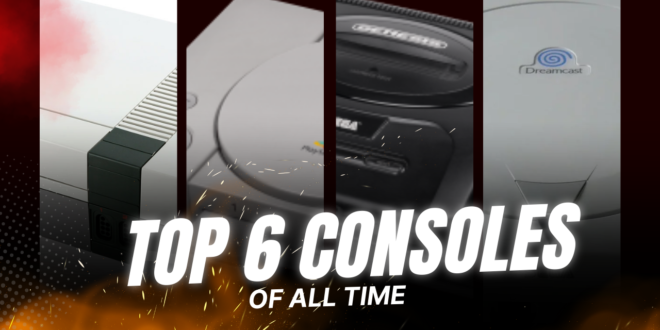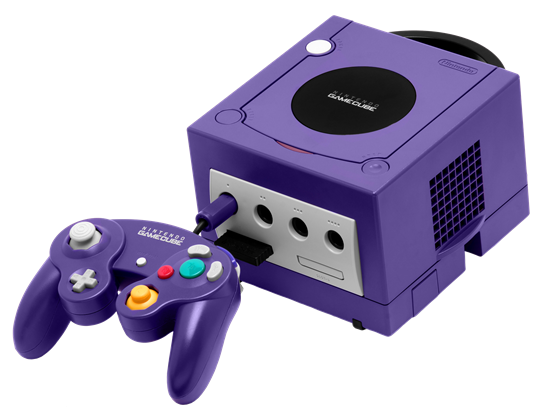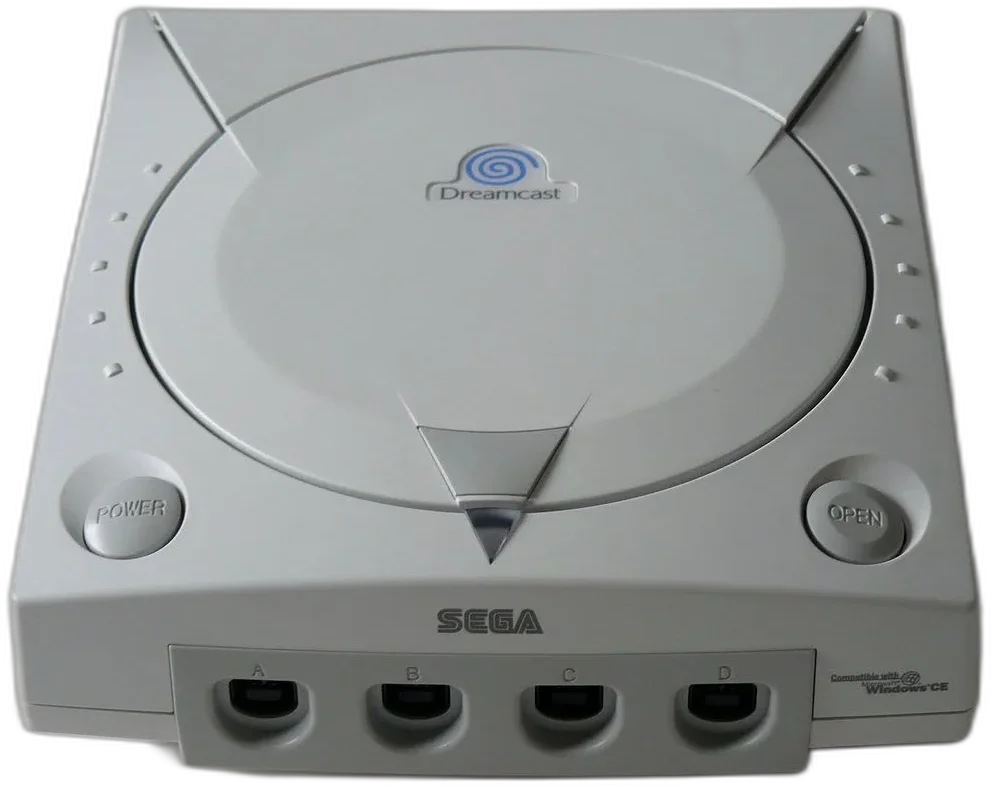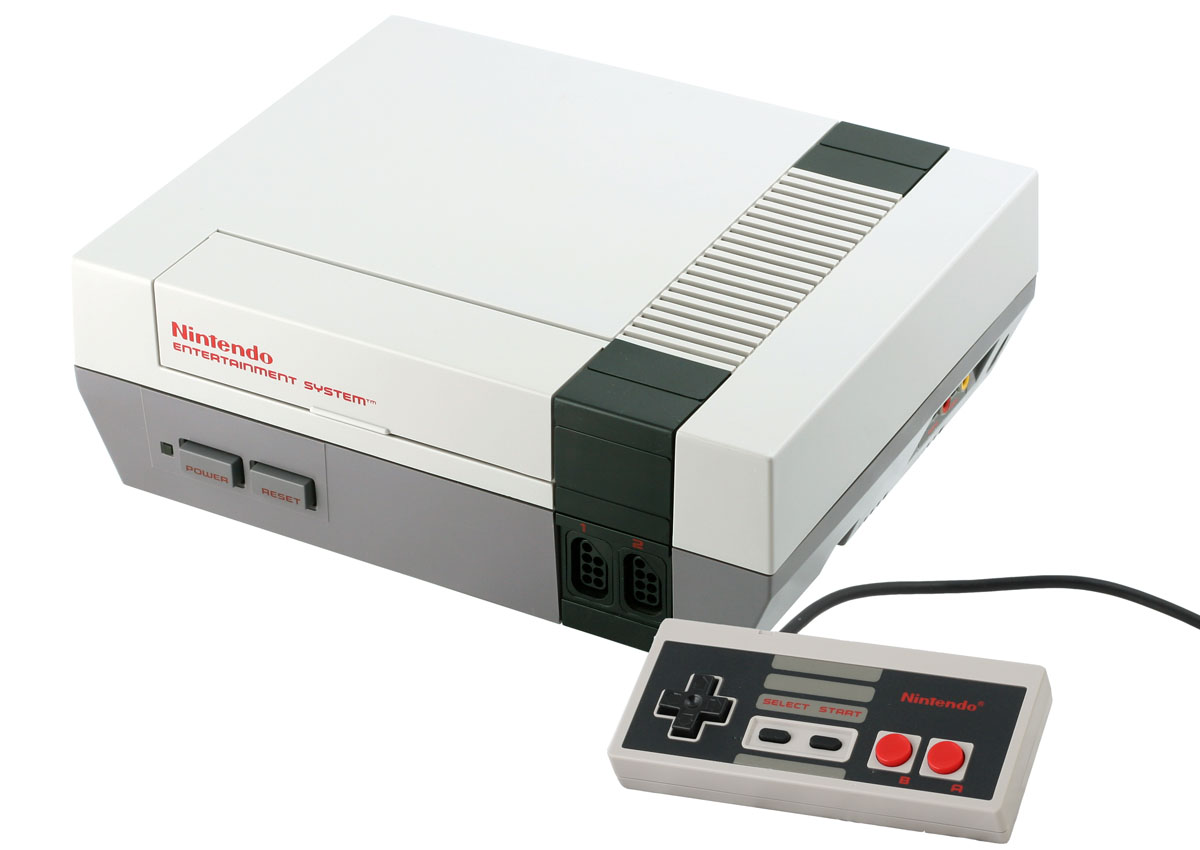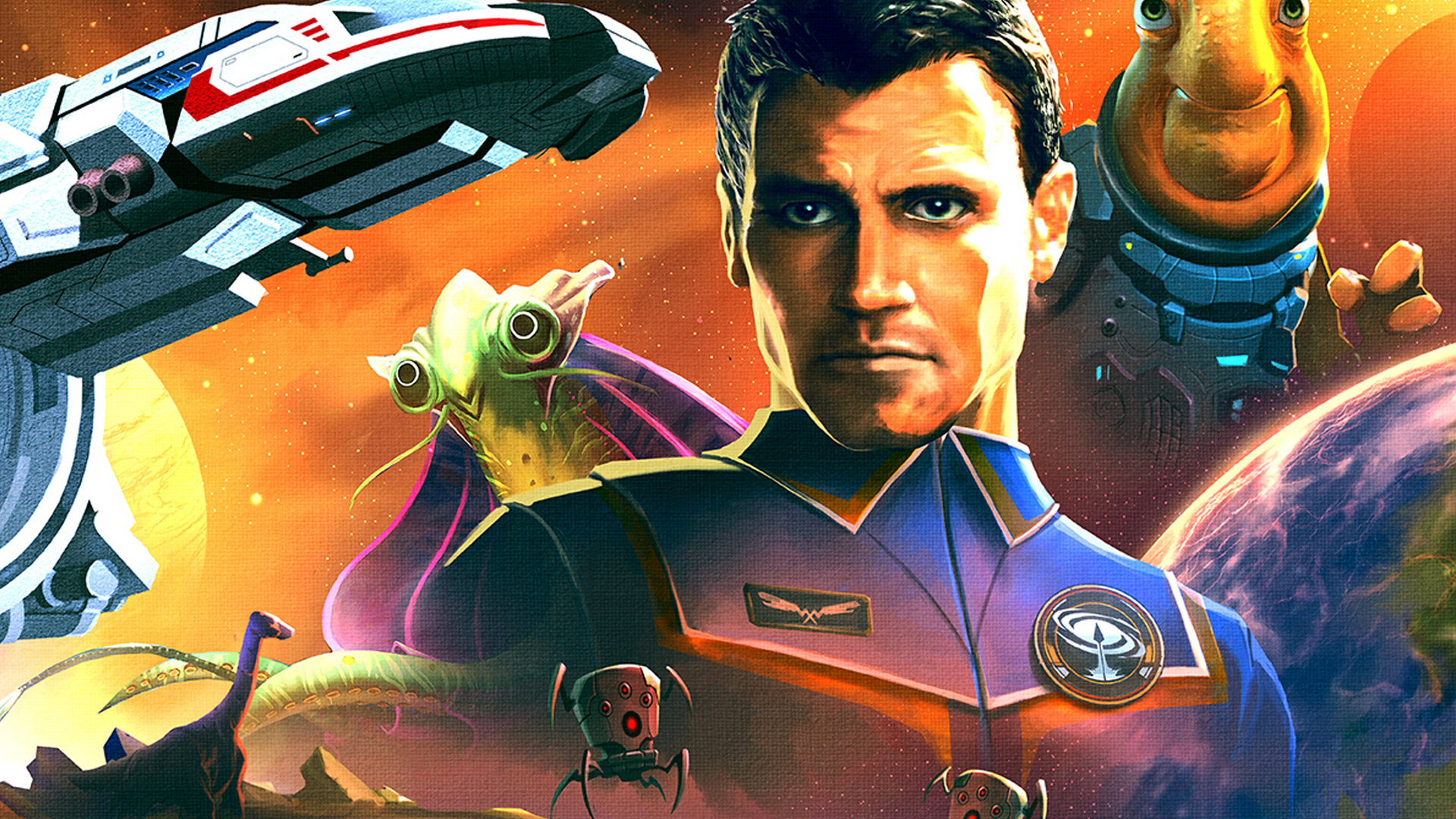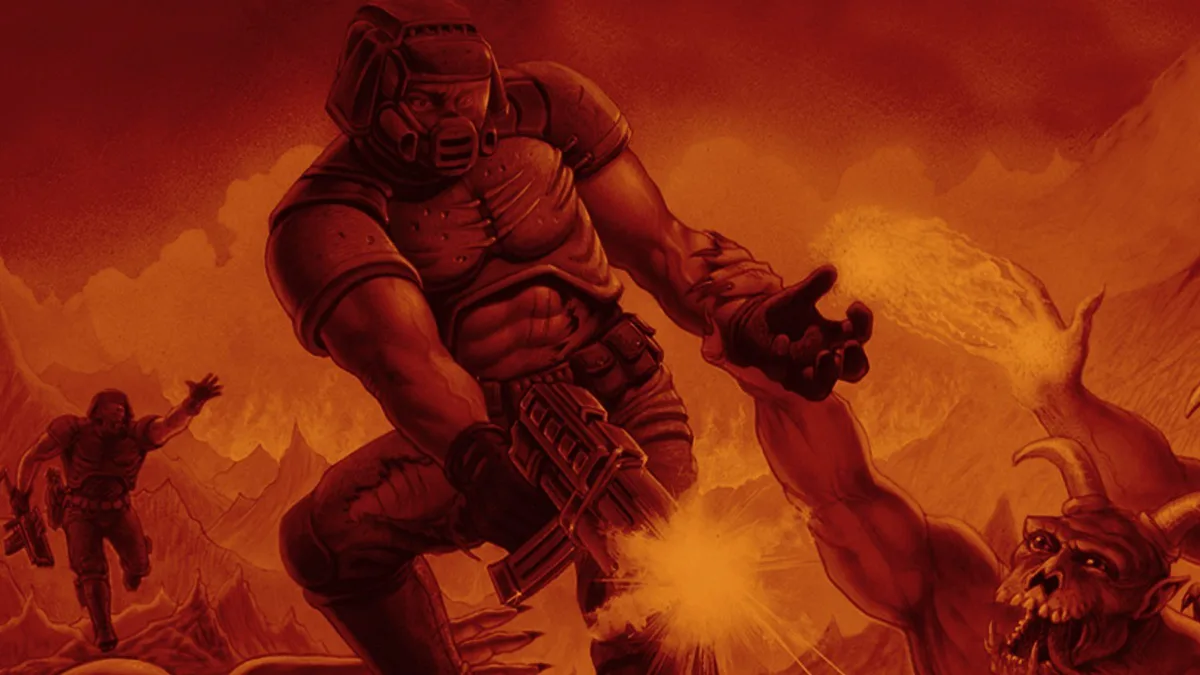What are your favorite consoles? To me six consoles stand out as true icons, each contributing uniquely to the evolution of interactive entertainment and leaving an indelible mark on the hearts of players. Here they are!!
(HEY YOU!! We hope you enjoy! We try not to run ads. So basically, this is a very expensive hobby running this site. Please consider joining us for updates, forums, and more. Network w/ us to make some cash or friends while retro gaming, and you can win some free retro games for posting. Okay, carry on 👍)
6. Nintendo GameCube
While I didn’t explore much of the GameCube’s library, it earns its place primarily due to one exceptional title: The Legend of Zelda: Twilight Princess. This game alone, which I consider possibly the best ever made, elevates the GameCube to a top spot in my ranking. It’s a testament to how a single outstanding game can define a system’s legacy.
Though often overlooked, the GameCube had several standout titles that left a lasting impact:
- The Legend of Zelda: Twilight Princess: A darker take on the Zelda formula with a unique wolf transformation mechanic.
- Super Smash Bros. Melee: A beloved fighting game that’s still played competitively today.
- Metroid Prime: Successfully translated the Metroid series into a first-person adventure.
- Eternal Darkness: Sanity’s Requiem: A psychological horror game with innovative “sanity effects.”
- Resident Evil 4: Reinvented the survival horror genre with over-the-shoulder shooting and intense action.
5. PlayStation (PS1)
The PlayStation holds a special place as perhaps the last system to fully embrace both side-scrolling gems and JRPGs. It offered a healthy mix of genres that seemed to fade away in subsequent generations. The PS1 era represented a perfect balance between 2D artistry and 3D innovation, providing a diverse gaming experience that catered to various tastes.
The PlayStation era offered a diverse range of groundbreaking titles across various genres:
- Final Fantasy VII: A landmark JRPG that popularized the genre in the West with its cinematic storytelling.
- Metal Gear Solid: Stealth-action game that redefined cinematic storytelling in video games.
- Castlevania: Symphony of the Night: Revitalized the series with RPG elements, creating the “Metroidvania” subgenre.
- Resident Evil 2: Survival horror at its finest, improving on its predecessor in every way.
- Tekken 3: Con
4. 3DO
The 3DO earns its spot for delivering one of the most significant graphical leaps between generations. Its advanced hardware allowed for visually impressive games that showcased the potential of CD-based gaming systems, even if it didn’t achieve widespread commercial success.
While not as widely known, the 3DO featured games that showcased impressive graphical capabilities:
- Gex: A quirky platformer starring a gecko with pop-culture-inspired levels.
- Road Rash: A high-octane motorcycle racing game with combat elements.
- Need for Speed: The debut of the now-famous racing series, featuring realistic car models.
- Star Control II: A vast space exploration and combat game with a rich storyline.
- Crash ‘n Burn: A futuristic racing game that pushed the 3DO’s graphical capabilities.
3. Sega Genesis/Sega CD
The Genesis, especially when paired with the Sega CD, offered a unique gaming experience. Its JRPG library was particularly notable, providing Western gamers with experiences they couldn’t find elsewhere at the time. The Genesis era was defined by memorable games that pushed the boundaries of 16-bit gaming.
The Genesis era brought forth memorable games that pushed the boundaries of 16-bit gaming:
- Sonic the Hedgehog 2: Improved on its predecessor with faster gameplay and the introduction of Tails.
- Phantasy Star IV: A epic sci-fi RPG that concluded the original series with a bang.
- Streets of Rage 2: Often considered the pinnacle of 16-bit beat ’em ups.
- Gunstar Heroes: A frenetic run-and-gun game showcasing the Genesis’s technical capabilities.
- Lunar: The Silver Star (Sega CD): A charming RPG that demonstrated the potential of CD-ROM gaming.
2. Sega Dreamcast
The Dreamcast, while short-lived, was a system ahead of its time. It introduced me to the world of emulation and showcased games with graphics that were breathtaking for its era. Despite its untimely demise, the Dreamcast’s innovative features and diverse library cement its place as the greatest system to ever be discontinued.
Despite its short lifespan, the Dreamcast delivered innovative and visually stunning titles:
- Sonic Adventure: Brought Sonic into 3D with fast-paced gameplay and multiple character stories.
- Shenmue: An ambitious open-world game that pioneered many features of modern RPGs.
- Jet Set Radio: A stylish, cel-shaded game about roller-skating graffiti artists with a killer soundtrack.
- Crazy Taxi: An adrenaline-pumping arcade driving game that captured the spirit of reckless cab-driving.
- Soulcalibur: A visually impressive 3D fighter that set a new bar for the genre on consoles.
1. Nintendo Entertainment System (NES)
The NES stands unrivaled at the top of my list. What sets it apart is not just the number of hit games, but the sheer quality across its vast library. It’s the only system where you can genuinely compile a top 100 games list without stretching for titles. From groundbreaking platformers to innovative RPGs, the NES defined genres and set standards that persist to this day. Its impact on gaming is unmatched, making it the undisputed king of consoles.
The NES boasts an unrivaled library of classics that defined multiple genres:
- Super Mario Bros. 3: A platforming masterpiece that set new standards for level design and power-ups.
- The Legend of Zelda: The game that launched a legendary franchise, introducing open-world exploration to console gaming.
- Metroid: A atmospheric sci-fi adventure that pioneered the concept of ability-based progression.
- Mega Man 2: Widely considered the best in the series, featuring tight controls and memorable robot masters.
- Castlevania III: Dracula’s Curse: A challenging action-platformer with multiple playable characters and branching paths.
Each of these systems represents a unique chapter in gaming history, offering experiences that shaped the industry and created lasting memories. From the unparalleled library of the NES to the genre-defining titles of the PS1 and the graphical leaps of systems like the 3DO and Dreamcast, these consoles have left an indelible mark on the world of gaming. These six gaming systems represent more than just technological milestones; they embody the evolution of an art form that has touched millions of lives.
 Retro Replay Retro Replay gaming reviews, news, emulation, geek stuff and more!
Retro Replay Retro Replay gaming reviews, news, emulation, geek stuff and more!
